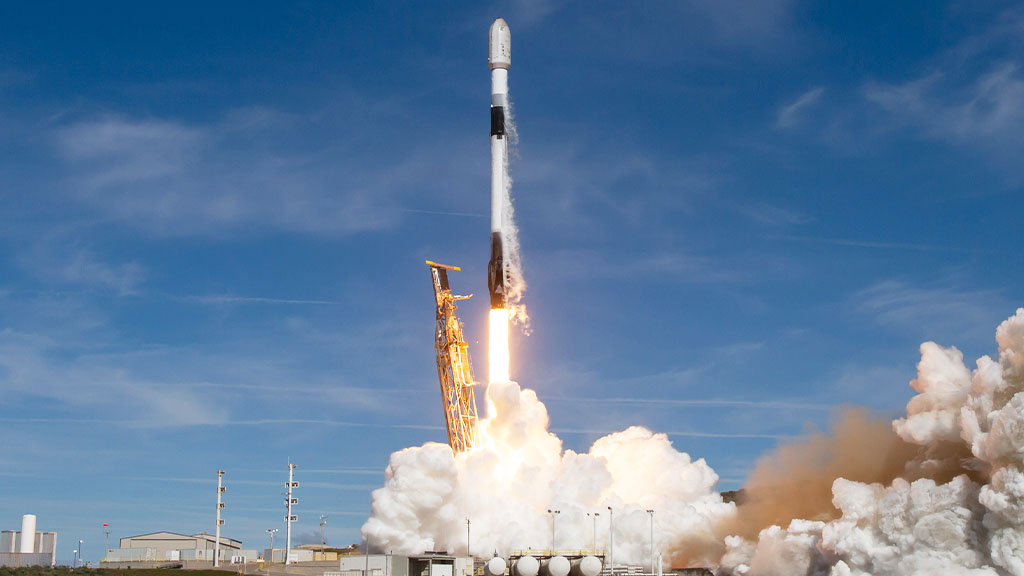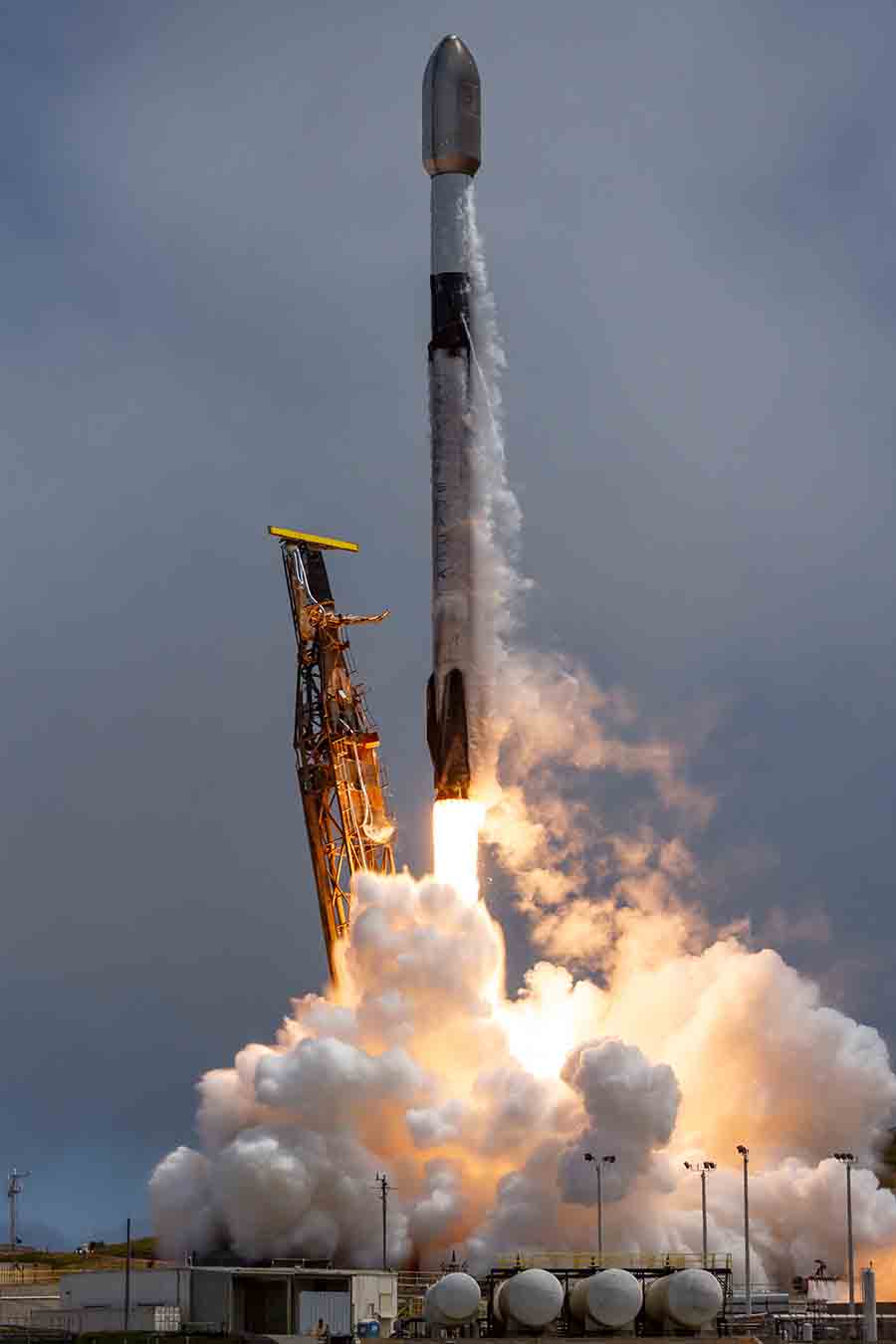SpaceX
Falcon 9 second stage compromised the 70th SpaceX mission of 2024

SpaceX launched its 70th mission of 2024 and later announced that the mission failed to complete the end milestone due to a malfunction in the second stage of the Falcon 9 rocket.
The company lifted off the Falcon 9 from Space Launch Complex 4 East at Vandenberg Space Force Station in California on Thursday. The weather was 70 percent favorable prior to lift-off.
The first stage separation was called at 2:34 minutes of the mission time, followed by ignition in the second stage to lead the payload to its designated orbit class. The first stage returned to Earth and landed on a droneship.
The mission carried 20 Starlink satellites including 13 with Direct to Cell capabilities. Somehow the second stage had not completed its journey and deployed the satellites in a lower orbit.

SpaceX Falcon 9 Launch Vehicle lifting off from Space Launch Complex 4 East at Vandenberg Space Force Base in California (Image Source – SpaceX)
“During tonight’s Falcon 9 launch of Starlink, the second stage engine did not complete its second burn. As a result, the Starlink satellites were deployed into a lower than intended orbit.” wrote SpaceX.
Falcon 9’s second stage uses a single Merlin Vacuum Engine to deliver a payload to the desired orbit. It ignites the engine a few seconds after stage separation and can be restarted a number of times to deploy payloads in different orbits. Its burn time is 397 seconds as mentioned on the official SpaceX website.
Unfortunately, the company has established a connection with only 5 of these satellites and trying to raise their orbit using ion thrusters. Ion thrusters are electric propulsion systems that accelerate ions to high speeds and eject them to generate thrust. These are used for long-duration, low-thrust maneuvers in Space.
These ion thrusters may work in the same class but increasing height could be a big challenge. If not, the atmosphere drag can pull them down or they will burn up.
SpaceX has not shared any specific details about the malfunction that caused the mission and what happened to the other 15 satellites. However, we could expect some explanation soon.
We’re updating satellite software to run the ion thrusters at their equivalent of warp 9.
Unlike a Star Trek episode, this will probably not work, but it’s worth a shot.
The satellite thrusters need to raise orbit faster than atmospheric drag pulls them down or they burn up.
— Elon Musk (@elonmusk) July 12, 2024












